
Back
Aeschynanthus albidus Steud.
| Family Name: | Gesneriaceae |
| Synonyms: | Aeschynanthus purpurascens Hassk. |
Name
Classifications and Characteristics
| Plant Division | Angiosperms (Flowering Seed Plants) (Dicotyledon) |
|---|---|
| Plant Growth Form | Epiphyte, Climber |
| Lifespan (in Singapore) | Perennial |
| Mode of Nutrition | Autotrophic |
| Plant Shape | Irregular |
Biogeography
| Native Distribution | Peninsular Malaysia, Singapore, Sumatra, Borneo and Java. |
|---|---|
| Native Habitat | Terrestrial (Freshwater Swamp Forest) |
| Preferred Climate Zone | Tropical |
| Local Conservation Status | Native to Singapore (Critically Endangered (CR)) |
Description and Ethnobotany
| Growth Form | It is a slender, erect epiphyte. |
|---|---|
| Foliage | Its opposite, shortly stalked leaves are fleshy, lance shaped or lens shape with a pointed tip, dull green on the topside and purple on the underside, 7.6 - 10.2 cm long by 2.5 - 3.8 cm wide. |
| Flowers | Its shortly-stalked flowers are borne singly or in small clusters at the leaf axils, with a short blackish-red calyx tube and a light green corolla with a rounded, sparsely hairy and purple-brown tipped lobe, 1.9 - 3.2 cm long. |
| Fruit | Its fruits are in the form of a cylindric capsule, 22 - 33 cm long. |
| Habitat | It grows in lowland freshwater swamp forests. It occurs locally in Nee Soon Swamp Forest. |
| Associated Fauna | Its flowers are probably pollinated by insects and sunbirds. |
| Cultivation | It can be propagated by seed or stem cutting. |
| Etymology | Greek aischune, shame, Greek anthos, flower, referring to the curved corolla tube that resembles a bowed head. Latin albidus, white, with unknown reference. |
Landscaping Features
| Landscaping | It is suitable for growing as an epiphyte on trees that are lightly shaded in inland parks and nature reserves. |
|---|---|
| Desirable Plant Features | Ornamental Flowers, Ornamental Foliage |
| Landscape Uses | Parks & Gardens, Small Gardens, Suitable for Hanging Baskets |
Fauna, Pollination and Dispersal
| Pollination Method(s) | Biotic (Fauna) |
|---|---|
| Seed or Spore Dispersal | Abiotic |
Plant Care and Propagation
| Light Preference | Semi-Shade |
|---|---|
| Water Preference | Moderate Water, Little Water, Occasional Misting |
| Plant Growth Rate | Moderate |
| Propagation Method | Seed, Stem Cutting |
Foliar
| Foliage Retention | Evergreen |
|---|---|
| Mature Foliage Colour(s) | Green, Purple |
| Mature Foliage Texture(s) | Thick |
| Foliar Type | Simple / Unifoliate |
| Foliar Arrangement Along Stem | Opposite |
| Foliar Attachment to Stem | Petiolate |
| Foliar Shape(s) | Non-Palm Foliage (Oval, Lanceolate) |
| Foliar Margin | Entire |
| Foliar Apex - Tip | Acute |
| Foliar Base | Cuneate |
Floral (Angiosperm)
| Flower & Plant Sexuality | Bisexual Flowers |
| Flower Colour(s) | Green |
|---|---|
| Flower Grouping | Solitary, Cluster / Inflorescence |
| Flower Location | Axillary |
| Individual Flower Shape | Tubular |
Fruit, Seed and Spore
| Mature Fruit Colour(s) | Brown |
|---|---|
| Fruit Classification | Simple Fruit |
| Fruit Type | Dehiscent Dry Fruit , Capsule |
References
| References | Lok, A. F. S. L. & H. T. W. Tan. 2008. Rediscovery of Aeschynanthus albidus (Blume) Steud. (Gesneriaceae) in Singapore. Nature in Singapore. 1. 5-8 |
|---|
Image Repository
Others
| Master ID | 30707 |
|---|---|
| Species ID | 5019 |
| Flora Disclaimer | The information in this website has been compiled from reliable sources, such as reference works on medicinal plants. It is not a substitute for medical advice or treatment and NParks does not purport to provide any medical advice. Readers should always consult his/her physician before using or consuming a plant for medicinal purposes. |

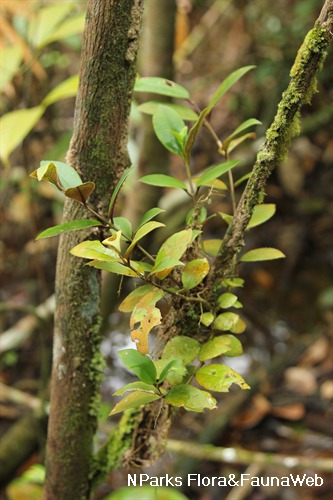
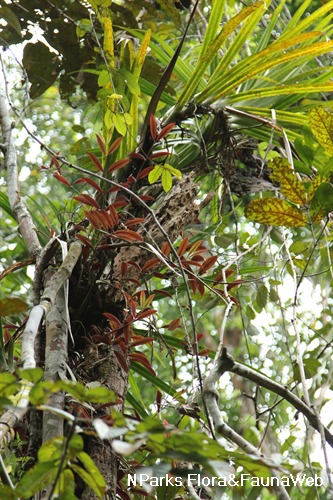
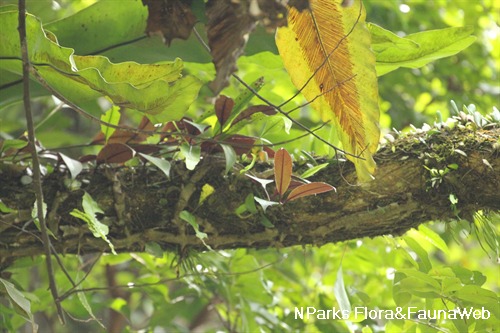

.jpg)
.jpg)
.jpg)
.jpg)
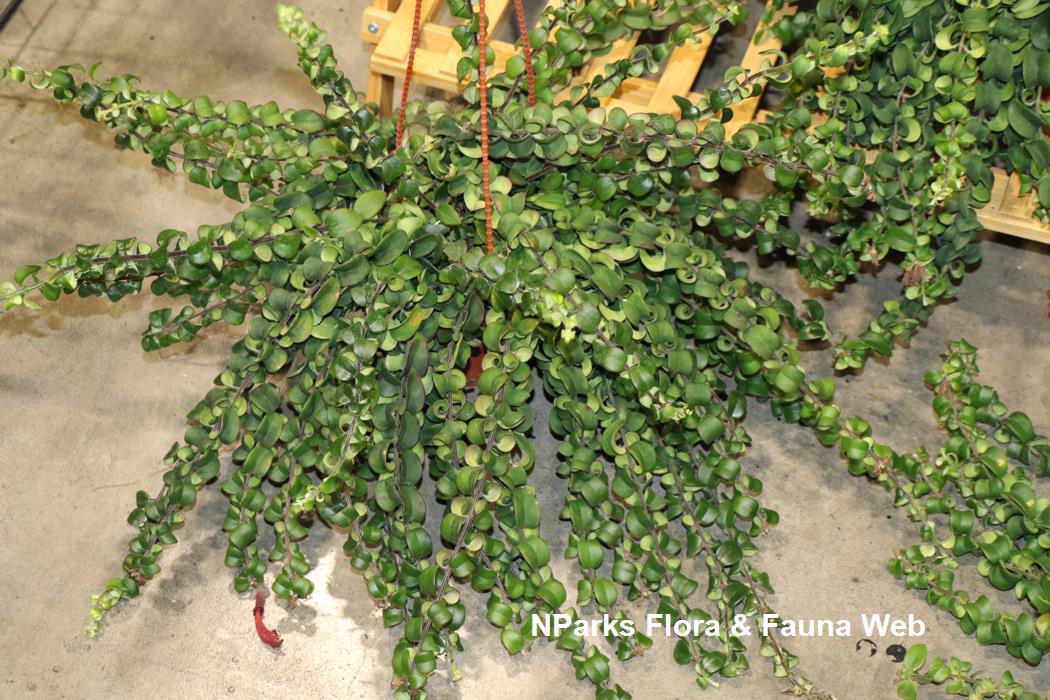

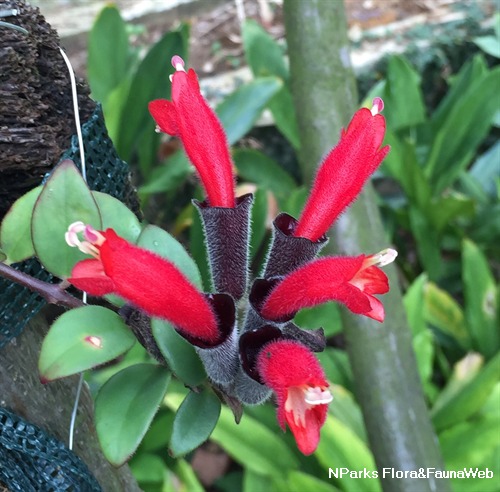
.jpg)